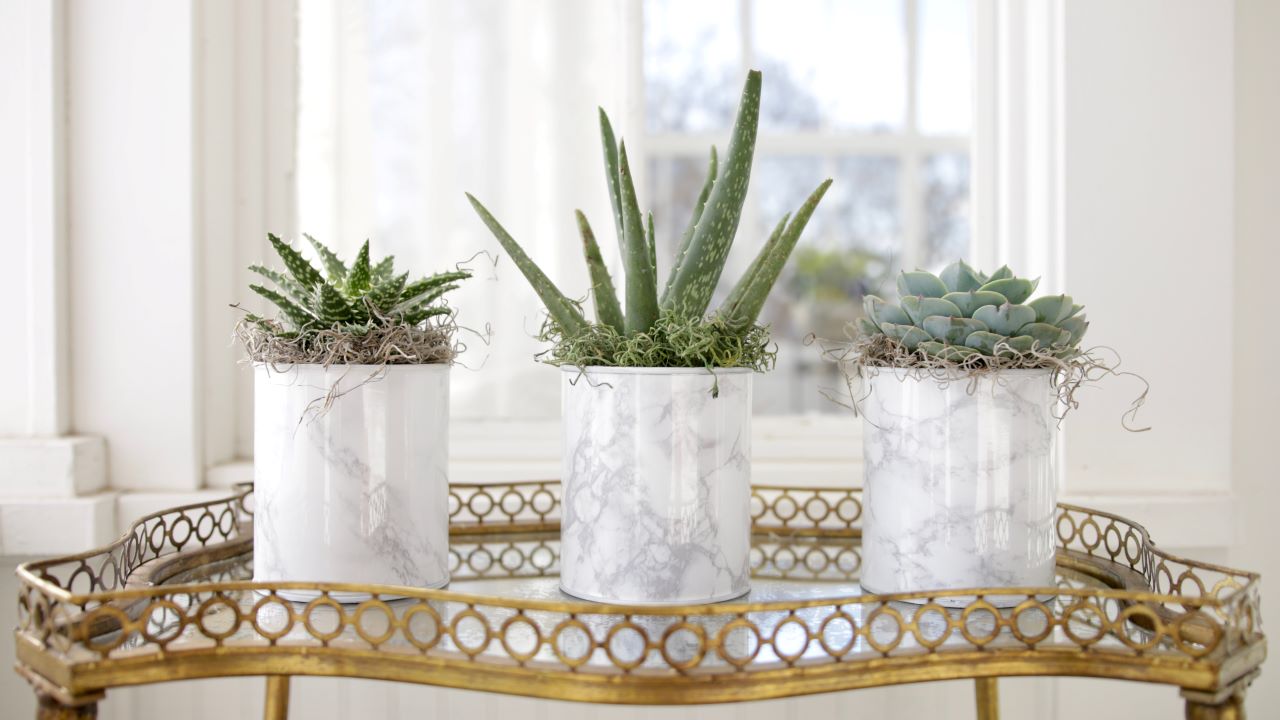Succulent Success – What’s the secret?
You’ve probably heard the words cacti and succulents thrown around interchangeably. However, this is a common misconception. Technically, all cacti are succulents, but not all succulents are cacti. Cacti are simply one of the many types of succulents.
Succulents are defined by their water retaining cells. Which is one of our favorite things about them because it’s what makes them so low maintenance and drought tolerant.
Another common misconception is that cacti are defined by their prickly needles. Many succulents have spikes similar to cacti, and not all cacti are prickly.
If you’re looking specifically for a cactus, the determining factor is called an areole. They are small, cotton-like lumps on a cactus where the spines grow out of. All cacti have areoles, making it easy to distinguish them from other prickly succulents.
Now that you know the difference, let’s talk about care. Although they’re different plants, cacti and succulents have similar needs. When caring for cacti or succulents, remember they love everything in moderation – not too much, and not too little.
Light
Cacti and succulents thrive in a spot by the window or outdoors in the garden. Too little sunlight will cause loss of color or strange growth patterns. Lack of sun can lead to root rot as the soil may stay moist for too long.
On the other hand, too much direct sunlight and heat can cause succulents and cacti to sunburn! These burns can change the color and texture of the plant. While most succulents can handle direct sunlight, it takes time for them to become accustomed to a new environment. Don’t move them from a windowsill to full sun in the garden without conditioning them. Gradually place your plant in brighter locations and allow it some time to adjust to its new surroundings.
Water
The same Goldilocks rule goes for watering – not too much, but not too little.
While succulents and cacti are drought tolerant and can survive without water, that doesn’t mean they’ll thrive. They will do best when watered in moderation.
It’s safer to stay on the lighter side of watering rather than giving too much. If you notice the succulent starting to shrivel, its most likely because they are using up the water reserved in their cells. Add a small amount of water to the soil to help them replenish.
Too much water will cause your plant to become mushy and potentially develop root rot. Your succulent or cactus can fall apart right in front of your eyes!
Avoid these problems by using very little water and determining later whether they need more. If you have your plant in a double pot, water it and after a few minutes empty all excess water. Over-watering is just as common of a cause of plant death as under-watering. Use Espoma’s Organic Cactus Mix potting soil to keep roots healthy and to reduce drought-stress in between watering.
Temperature
Succulents and cacti are very flexible when it comes to temperatures. Just be sure to adjust your watering schedule accordingly.
When plants are in cool temps, soil won’t dry as fast. Remember root rot can occur if the soil is too wet for too long. If succulents or cacti are planted outdoors in the hot summer sun, you may need to water more often.
Now that you know the difference between succulents and cacti and the proper care, add some to your garden today!
Feed plants with Espoma’s Cactus! Succulent Plant Food for best results and let us know how your succulent garden turns out!


